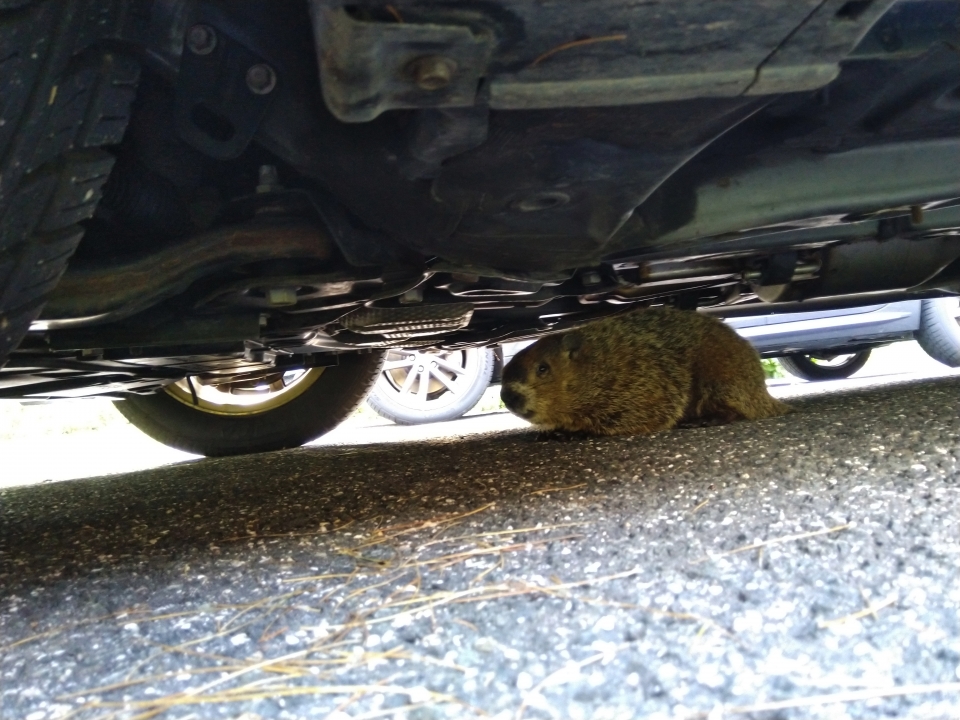
From an 1883 report by the New Hampshire Legislative Woodchuck Committee:
Your committee finds that the Woodchuck is absolutely destitute of any interesting qualities, that is, such qualities as would recommend it to the average inhabitant of New Hampshire. […]
Its body is thick and squatty, and its legs so short that its belly seems almost to touch the ground. This is not a pleasing picture. Its size varies all the way from those reared in Strafford County to the huge fellows that claim a homestead among the fertile farms of Grafton. Woodchucks have been known to attain a large size, even fifteen pounds. This, however, would not be an average Woodchuck. The casual observer is not attracted by the brilliancy of a Woodchuck’s color. When one thinks it over, it certainly would seem that the family of Woodchucks was designed and brought forth under conditions of severe simplicity. While the usual color cannot be said to be a decided red, it is not Auburn, but more like Derry, which is next to Auburn. Your committee has now in mind the under side of the creature. The body even in very young Woodchucks, is inclined to be gray—a very significant circumstance in the mind of your committee, when the total depravity of the animal is considered. Besides Derry and gray, there are other hues blended about the Woodchuck; but these are merely details, and of no practical account. […]
Like thieves in all climes, the Woodchuck remains securely concealed in its hole for a great part of the day. Its only purpose in venturing forth during the daytime is to get a good lay of the land. […]
Like the bear, the gait of the thing under consideration is plantigrade, but in order to occasionally exercise its toes it climbs small trees and shrubs; then, perfectly satisfied that its pedal extremities are in good working trim, it descends to the ground and again resumes its monotonous waddle. The Woodchuck, despite its deformities both of mind and of body, possesses some of the amenities of a higher civilization. It cleans its face after the manner of the squirrels and licks its fur after the manner of a cat. Your committee is too wise, however, to be deceived by this purely superficial observance of better habits. Contemporaneous with the ark, the Woodchuck has not made any material progress in social science, and it is now too late to attempt to reform the wayward sinner. The average age of the Woodchuck is too long to please your committee, but the estimate of Woodchuck population can only be approximated. […]
The Woodchuck is not only a nuisance, but also a bore. It burrows beneath the soil, and then chuckles to see a mowing machine, man and all, slump into one of these holes and disappear. […]
Your committee is confident that a small bounty will prove of incalculable good; at all events, even as an experiment, it is certainly worth trying; therefore your committee would respectfully recommend that the accompanying bill be passed.
—Charles R. Corning, for the Committee.